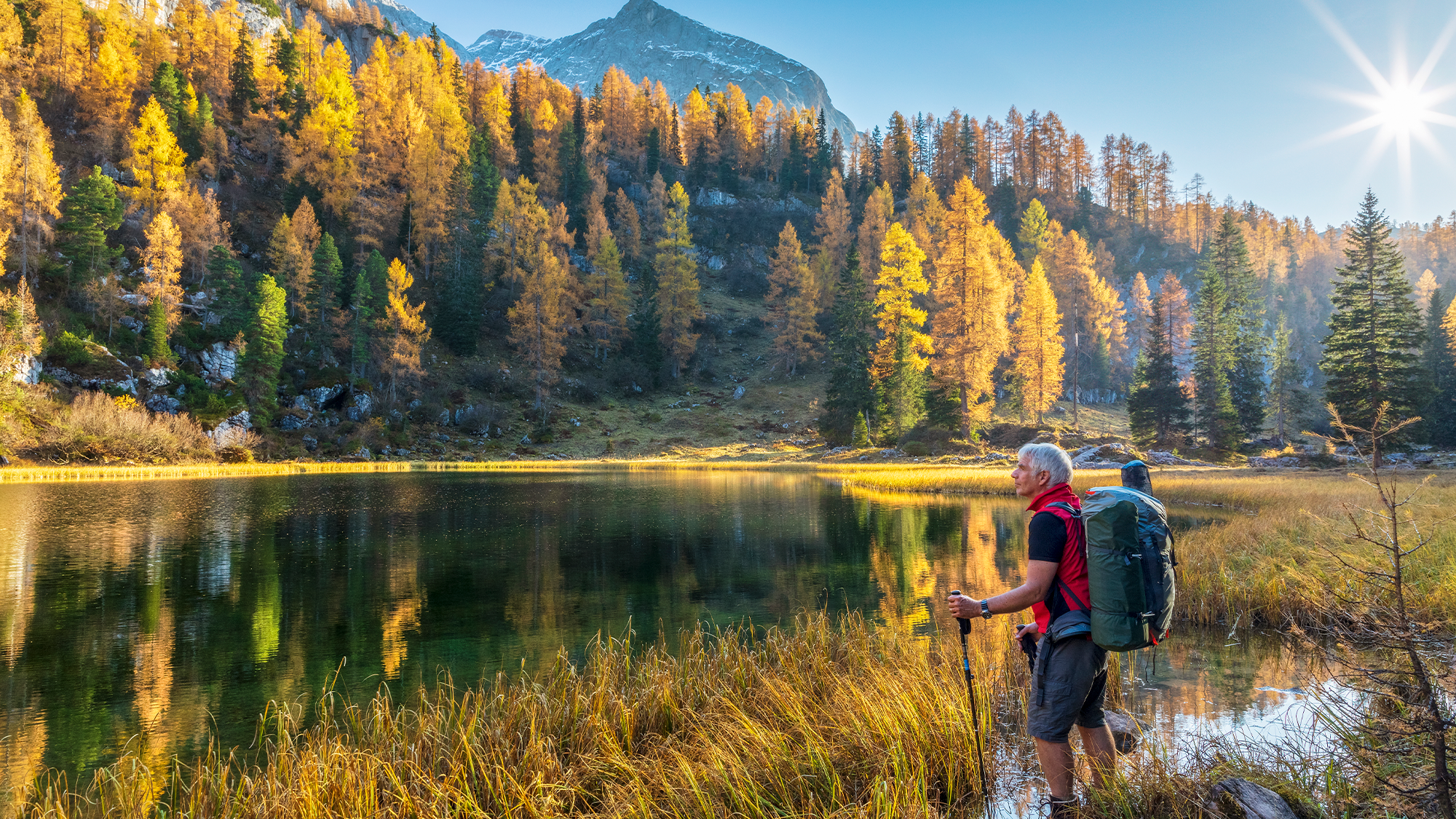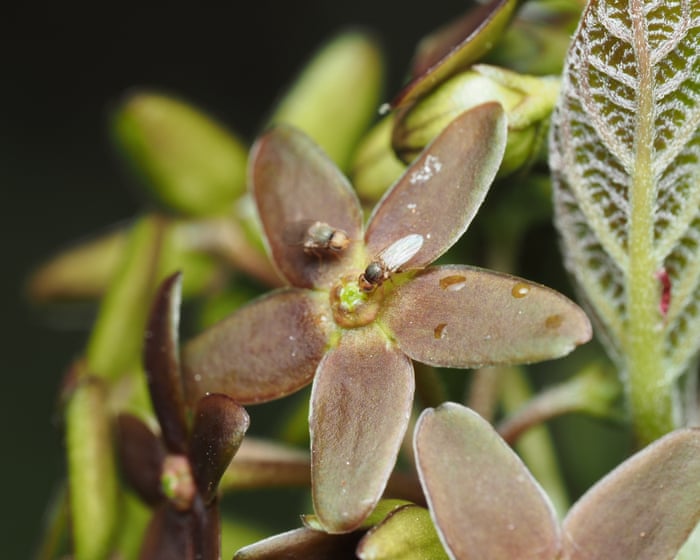Screwworm Case Detected Less Than 70 Miles from U.S.-Mexico Border
NegativeScience

A case of screwworm has been detected less than 70 miles from the U.S.-Mexico border, raising concerns for local agriculture and livestock health. This invasive pest can cause severe damage to animals, leading to significant economic losses for farmers. The proximity of the outbreak to the border highlights the need for vigilant monitoring and swift action to prevent its spread into the United States, which could have dire consequences for the agricultural sector.
— Curated by the World Pulse Now AI Editorial System





